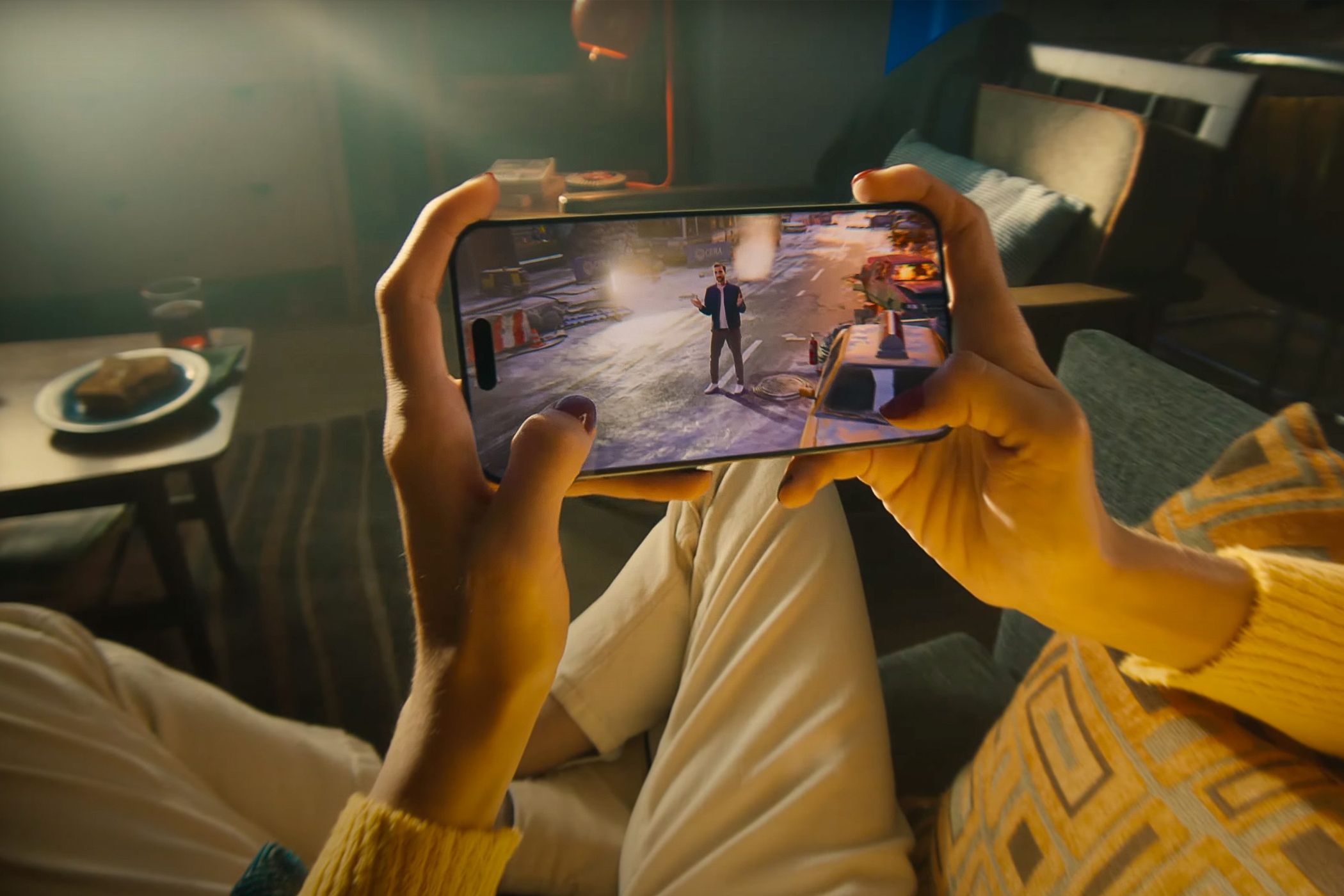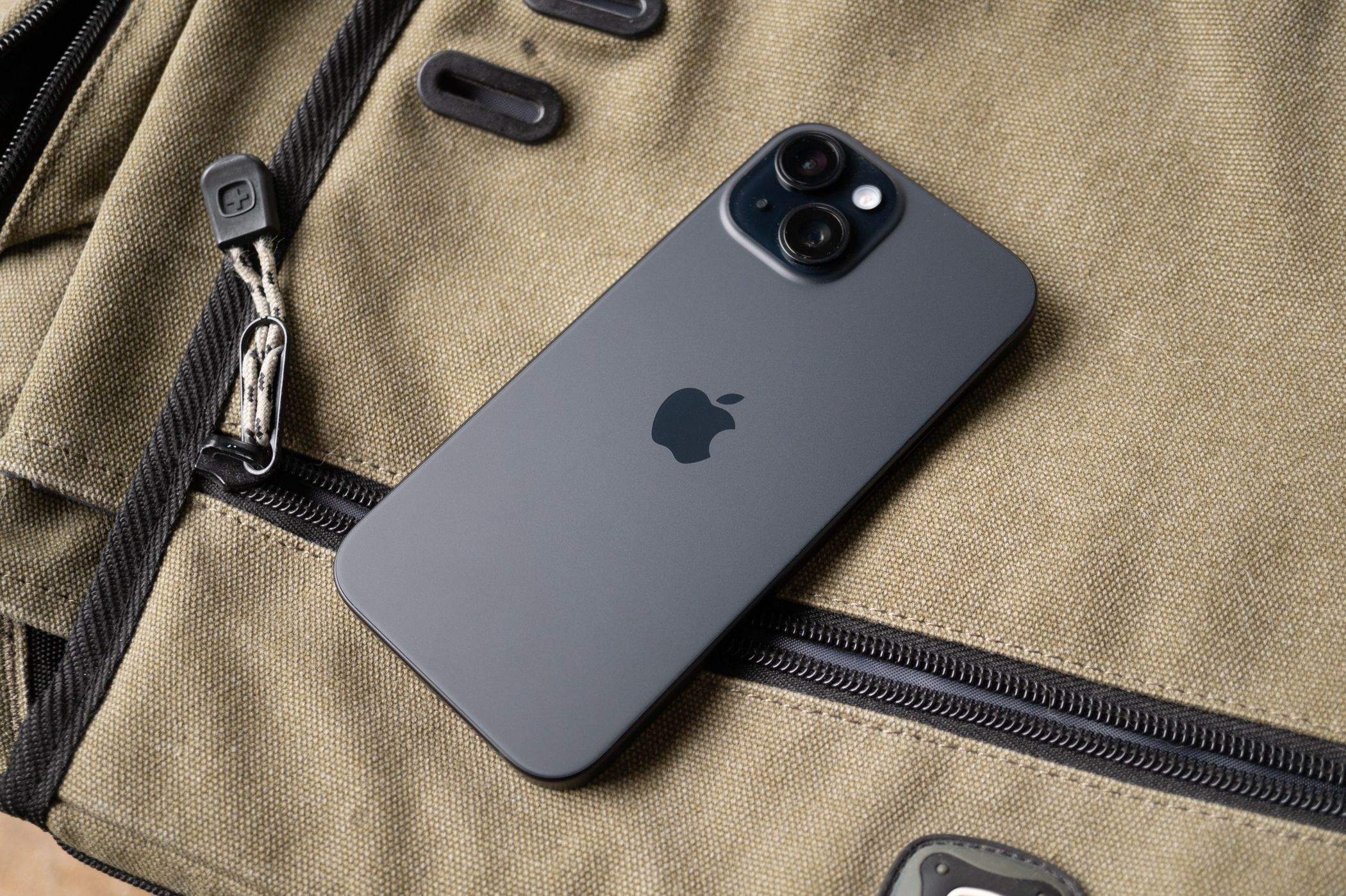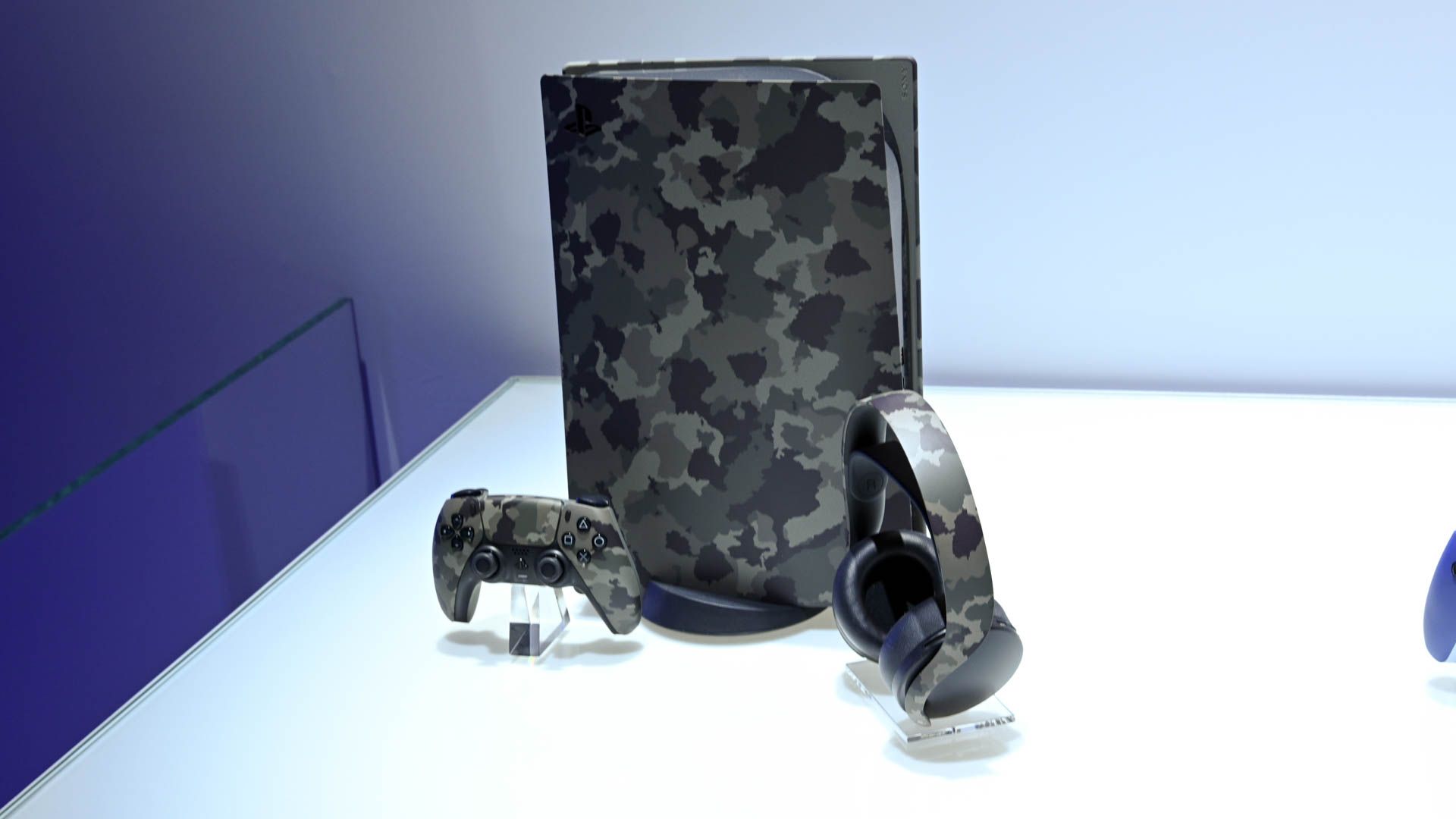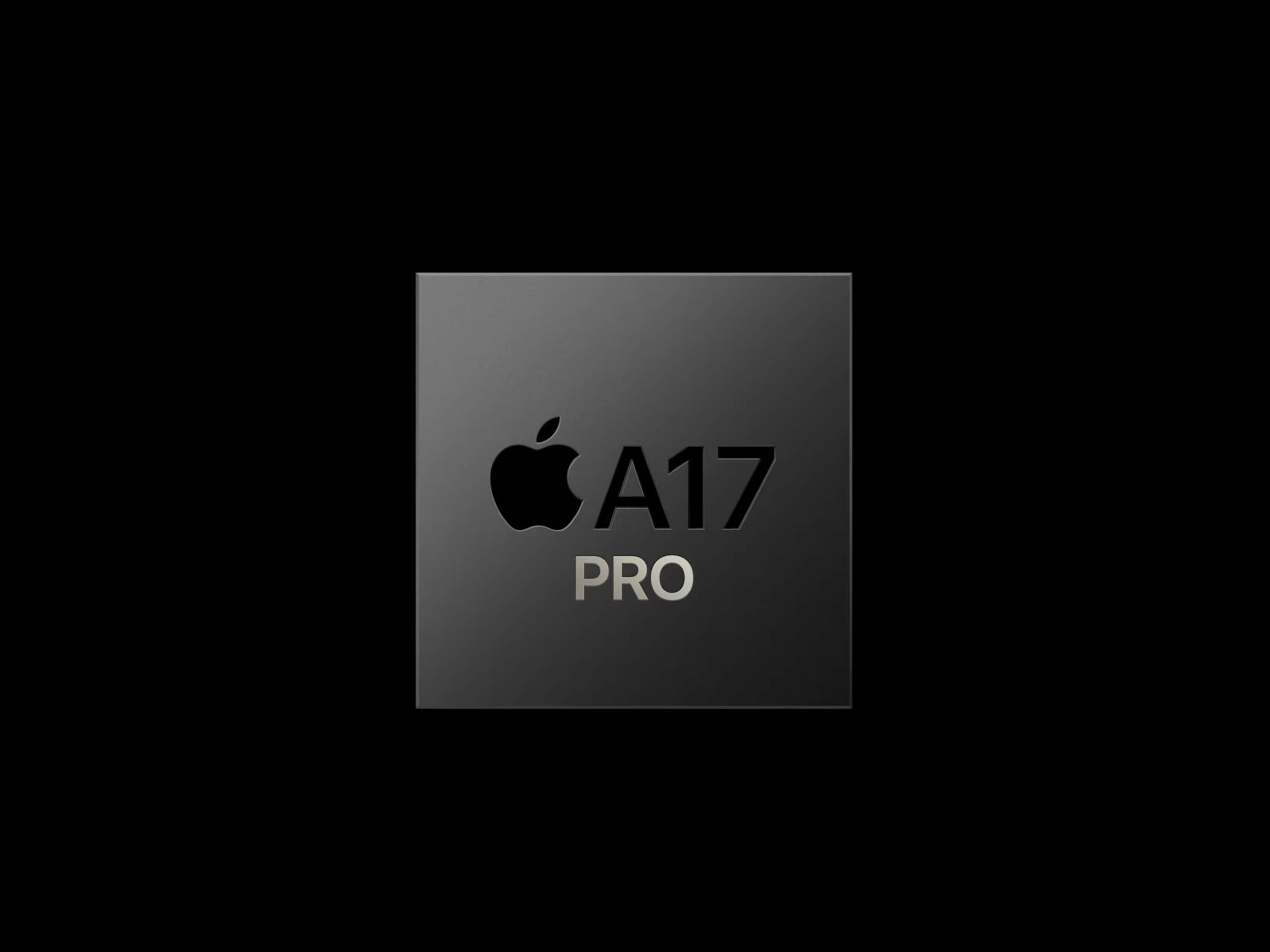
Is the iPhone 15 Pro a Game Changer for Mobile Gamers?

Is the iPhone 15 Pro a Game Changer for Mobile Gamers?
Key Takeaways
- Apple’s iPhone 15 Pro offers console-grade gaming experiences with its new A17 Pro system-on-chip and GPU redesign.
- The A17 Pro introduces hardware-accelerated ray tracing and MetalFX upscaling, improving graphics and performance in games.
- Even with the improvements, iPhone gaming remains limited compared to traditional game platforms.
- Despite the present drawbacks to gaming on an iPhone, however, Apple’s ongoing advancements in chip technology show a promising future for iPhone games.
Apple has bold plans for gaming on the iPhone, with console-grade experiences on the horizon for iPhone 15 Pro owners. So, is Apple’s high-end smartphone a smart buy for gaming?
Why the iPhone 15 Pro is a Big Deal for Gamers
At its September 12 iPhone event, Apple announced two new iPhone models for 2023: the iPhone 15 and the iPhone 15 Pro, each with larger Plus and Max models for those who crave larger displays. Of particular note to gamers was the iPhone 15 Pro, with its new A17 Pro system-on-chip (SoC).
The revision introduced a GPU redesign, the part of the chip that’s responsible for graphics and 3D performance. Apple increased the core count to six from the five seen in last year’s A16 Bionic (now used in the base-level iPhone 15). Apple’s presentation mooted a 20% bump in performance, figures that benchmarks (like Geekbench Metal ) seem to corroborate.
In addition to an extra GPU core, Apple introduced some new features to bring gaming more in line with modern console experiences. The first is hardware-accelerated ray tracing, a term that’s becoming more common as hardware and software improve year-on-year.

Ray tracing can be used to create more natural lighting effects with applications in shadows, reflections, and global illumination. Simulating light rays in a scene results in more realistic graphics. It also has benefits for developers who often need to spend time “faking” natural lighting effects.
On top of this, the new A17 Pro can take advantage of MetalFX upscaling much like modern Apple Silicon-powered Macs can. Upscaling is a method of image reconstruction that renders a lower-resolution image for better performance and then upscales that image to a higher resolution for a better overall image. It’s just like NVIDIA’s DLSS or AMD’s FSR , but Apple-flavored.
Improvements have been made to the A17 Pro to allow developers to take advantage of mesh shading. In essence, this makes for a more efficient geometry pipeline, which leads to better overall performance. It should mean smoother gameplay going forward.

Apple
Apple also made claims of a more efficient chip, which should have knock-on effects for battery life in 3D applications. And of course, the iPhone 15 Pro enjoys the same features that have been present for a while, including a bright and beautiful OLED screen, variable refresh rate support, a compact form factor, and compatibility with a huge number of game controllers.
Some Games Will Require an iPhone 15 Pro (or M1 iPad)
Perhaps the most surprising development in the iPhone gaming space is the announcement of games that will require an A17 Pro processor or better. That means only iPhone 15 Pro and iPad owners with an M1 chip will be able to play these releases when they arrive.
Of note are four titles: Resident Evil Village, Resident Evil 4 (Remake), Assassin’s Creed Mirage, and Death Stranding. The first release will be Resident Evil Village along with the Winter’s Expansion DLC, arriving on October 30, 2023.
This is a departure from Apple’s mobile gaming strategy thus far, but it’s part of a greater push for gaming within its ecosystem, as reflected by the arrival of macOS Game Mode in macOS Sonoma . Though only four titles have been announced with A17 Pro exclusivity so far, more will surely follow.
This sees Apple effectively laying the groundwork for a gaming future on its mobile platforms that more closely mirrors that of consoles with big-name “AAA” releases more commonly associated with the PC and dedicated consoles. It’s an example of how far the silicon in our pockets has come. In a few years, when these chips (and their successors) trickle down to a greater range of devices, this higher tier of game releases will have a broader appeal on mobile.
The Downsides of Gaming on an iPhone
Whether you’re playing games or taking calls, an iPhone is an iPhone. Its primary purpose isn’t gaming, which means the experience has some drawbacks. First and foremost, you’re paying for a device that does a lot outside of playing games.
Gaming on a mobile device can be a disjointed experience. Though you can set Focus modes to limit distractions , by default, you will be interrupted by calls and notifications. This is why so many mobile games are built around the concept of short, sharp play sessions when you have a few minutes spare.
Take a Resident Evil title, for example. The idea of playing a 12 hour -long first-person experience with touch controls doesn’t sound particularly appealing given the experience you could be having on a PC or console. Of course, you can pair controllers with an iPhone, but you’ll need to buy controller clips (and a controller) or invest in something like the GameSir X2 to turn your iPhone into something that resembles the Nintendo Switch.

Corbin Davenport / How-To Geek
Then, there’s the overall form factor. Despite being blessed with a beautiful display, iPhone Pro models are still only 6.1 and 6.7-inch devices. Handheld gaming is great, both the Switch and Valve’s Steam Deck are proof of that, but the form factor is arguably better suited to certain types of experiences. You could be a lot more comfortable sitting a few feet away from your TV with a controller in your hand. The Switch can be docked with a TV for at-home play, while the Deck syncs with Steam so you can load your saves on a PC.
iPhone has power and heat concerns to contend with too. Battery life is always a concern when gaming on a portable system, let alone one that’s handling the rest of your digital life at the same time. The iPhone is also an entirely passively cooled device, which means that heat build-up could lead to a particularly sweaty-palmed experience.
This is especially true if you charge and play at the same time. While it’s unlikely to kill your iPhone, heat is the enemy of batteries and many other components. Many gamers have done it, but we probably shouldn’t all be doing it daily.
Your Money May Be Better Spent Elsewhere
The iPhone 15 Pro starts at $999, with the 6.7-inch iPhone 15 Pro Max starting at $1199. For that money, you could buy an Xbox Series X and a PlayStation 5 to play on your TV at home, which you probably already have. Alternatively, you could save $500 and just buy one console, and use the change to invest in some games, a Game Pass subscription or a PlayStation Plus subscription .

Hannah Stryker / How-To Geek
The performance will be better, the experience will arguably be more immersive, and you won’t be interrupted by spam callers and SMS scammers . There’s also the small issue of how much Capcom is preparing to charge for Resident Evil 4 (Remake) on your iPhone, with the App Store listing a $59.99 unlock fee .
For even the most ardent mobile gamer that’s a tough sell. Even for those who already own the iPhone 15 Pro, how much is a pocketable Resi title worth? It feels like a compromised experience at a premium price point. Even a comparably-priced small-format gaming PC like the ROG Ally has a choice of storefronts so that you can shop around.
A Promising Future for iPhone Games
Despite the drawbacks of gaming on your iPhone, the direction Apple is taking with its chips is a promising one. If you buy an iPhone in the next few years, it’s probably going to have a significantly better GPU than you’re used to, with support for features like hardware-accelerated ray tracing and enough power to run high-end games.

Apple
Apple took the iPhone 14 Pro’s A16 Bionic chip and slapped it in 2023’s iPhone 15. If the same happens next year, both Apple’s flagship iPhone and the one it expects most people to buy will be _Assassin’s Creed_-ready. That’s a big deal, even if you have no interest in creeping around ninth-century Baghdad for 100 hours.
It means that more casual mobile gaming experiences will be able to take advantage of better hardware, and that’s exciting.
Step Up Your iPhone Gaming with Apple Arcade
While $60 for a phone game might sound like a tall order, gaming on an iPhone doesn’t have to break the bank. If you haven’t tried Apple Arcade recently , you’ll be amazed at how much you get for $4.99 per month.
There’s a healthy mix of genres, enhanced versions of App Store classics, remasters and remakes, and not a single micro-transaction or advert to be found. You can even play with a controller, on a Mac, or with your Apple TV if you want.
Also read:
- [New] 2024 Approved How to Embed a YouTube Video in PowerPoint
- [New] 2024 Approved Quickplay Quotient Top 10 Lightning Gaming Apps
- [New] Top Full-Screen Recorders Uncovered A Compreayer's Picks
- 如何将Windows系统中的GPT HDD成功克隆到高性能固态硬盘上
- Advanced Photoshop Overlay Methods
- Examining Filter Bubble Transparency Act Details
- How to Fix Common Problems with Apple CarPlay for a Seamless Driving Experience
- Improving Apple CarPlay: A List of 7 Key Upgrades for a Superior Driving Companion
- In 2024, How to Use Google Assistant on Your Lock Screen Of Oppo A58 4G Phone
- In 2024, Top 8 Montage Apps for Your Android/iPhone
- Introducing the New Feature in Google Chrome: Sharing Tab Groups Made Easy
- IPhone & iPad Set to Receive Significant Boost in Web Application Experience
- IPhone and iPad Update: Discovering the Newest iOS and iPadOS Versions!
- Windows 11, 10, 8, 7に完全対応する究極のBitLockerデータ復元ツール
- Title: Is the iPhone 15 Pro a Game Changer for Mobile Gamers?
- Author: Daniel
- Created at : 2025-02-13 03:22:44
- Updated at : 2025-02-20 01:49:55
- Link: https://os-tips.techidaily.com/is-the-iphone-15-pro-a-game-changer-for-mobile-gamers/
- License: This work is licensed under CC BY-NC-SA 4.0.